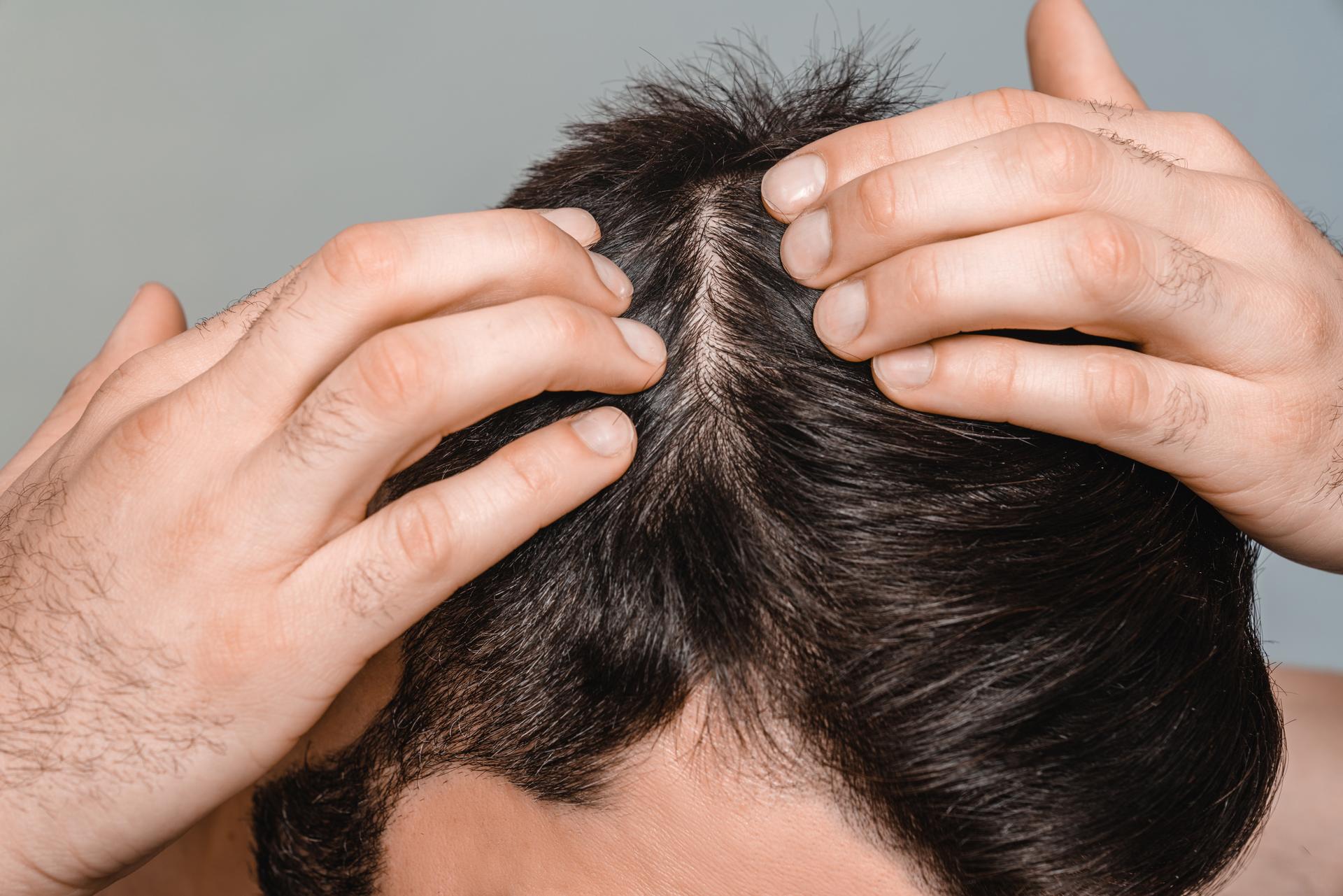The most common cause of untreatable vision loss is dysfunction of the retina. Conditions, such as age-related macular degeneration, diabetic retinopathy and glaucoma remain leading causes of untreatable blindness worldwide. Various stem cell approaches are being explored for results of retinal regeneration. The rationale for using bone marrow stem cells to treat retinal dysfunction is based on preclinical evidence showing that bone marrow stem cells can rescue degenerating and ischemic retina. These stem cells have primarily paracrine trophic effects although some cells can directly incorporate into damaged tissue. Since the paracrine trophic effects can have regenerative effects on multiple cells in the retina, the use of this cell is not limited to a particular retinal condition. Autologous bone marrow-derived stem cells are being explored in early clinical trials as for various retinal conditions. These bone marrow stem cells include mesenchymal stem cells, mononuclear cells and CD34+ cells. Autologous requires no systemic immunosuppression or donor matching. Intravitreal delivery of CD34+ cells and mononuclear cells appears to be tolerated and is being explored since some of these cells can home into the damaged retina after intravitreal administration. The safety of intravitreal delivery of mesenchymal stem cells has not been well established. This review provides an update of the current evidence in support of the use of bone marrow stem cells as results for retinal dysfunction. The potential limitations and complications of using certain forms of bone marrow stem cells as are discussed. Future directions of research include methods to optimize the therapeutic potential of these stem cells, non-cellular alternatives using extracellular vesicles, and in vivo high-resolution retinal imaging to detect cellular changes in the retina following cell .

How Stem Cell Therapy Rejuvenates Hair Follicles and Promotes Growth
Hair thinning and hair loss often happen when follicles are no longer functioning at their best. Some follicles may slow

